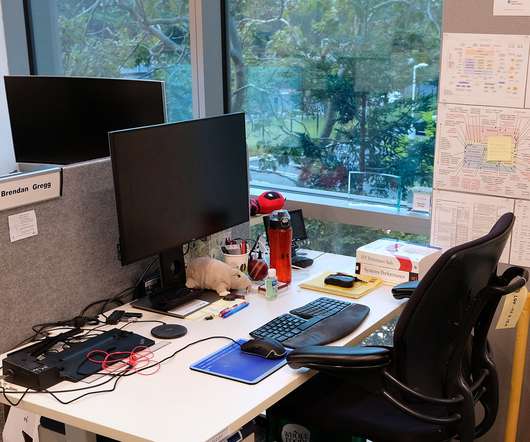Netflix End of Series 1
Brendan Gregg
APRIL 14, 2022
eBPF tools (2014-2019). On the Netflix Java/Linux/EC2 stack there were no working mixed-mode flame graphs, no production safe dynamic tracer, and no PMCs: All tools I used extensively for advanced performance analysis. Netflix has been the best job of my career so far, and I'll miss my colleagues and the culture. flame graphs (2014).












Let's personalize your content